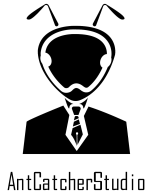文章目錄
懶人包
蟻巢:螞蟻住的地方
餵食區:與蟻巢連接,螞蟻取食的地方
飼料:螞蟻專用飼料,通常是偏素食口味,能夠取代糖水及蟑螂
防逃劑:塗抹在餵食區頂端,可防止螞蟻爬出
水塔:提供螞蟻水份
食盆:放飼料的地方
連接管:連結蟻巢、餵食區等空間的管子
蟻巢:螞蟻的私密空間
蟻巢,不僅是螞蟻的家,也是他們進行社會互動,以及日常活動的場所。更有趣的是,70%以上的螞蟻行為,都在這個蟻巢內進行。因此,選擇一個合適的蟻巢,就變得非常重要。
蟻巢材質多種多樣,包括玻璃、塑膠、石膏、加氣磚等。要根據螞蟻種類和數量,來選擇蟻巢,有的螞蟻需要較大的空間,有的螞蟻則需要比較潮濕的環境,但通常來說,蟻巢買小不買大,太大的蟻巢;而螞蟻又太少,會導致沒有安全感,輕則蟻后停止產卵,重則滅巢。

餵食區:人蟻互動的場地
有了蟻巢,接下來需要餵食區。這個區域,通常會和蟻巢相連,讓螞蟻能自由地來回穿梭。
這裡是飼主與螞蟻互動的地方,我們會在餵食區內,放置飼料和水源,你可以觀察螞蟻聚集、覓食、呼叫同伴的過程,螞蟻也會將蟻巢內的垃圾,搬運到餵食區丟棄。
餵食區並沒有大小限制,也不受工蟻數量影響,只要選擇外型順眼、操作方便的即可。

飼料:不只是食物,更是營養
螞蟻的成長,會需要多種不同的營養元素,單純的糖水、餅乾,可沒辦法滿足需求,因此,使用螞蟻飼料餵食,是最常見的飼養方式。
工蟻只能吸食液體狀的食物,所以螞蟻飼料,通常會調配成液體狀,只要滴下去,螞蟻就會跑來取食,並將食物貯存在腹部內,帶回巢內與其他成員分享。
螞蟻飼料具有口味(食性)之分,分為雜食偏素食性、雜食偏肉食性,其中區別,在於不同的蛋白質含量以及氣味,而常見的螞蟻飼養種類,都是雜食偏素食性為主,例如巨山蟻、棘蟻,以狩獵為主的針蟻,則是肉食性螞蟻。
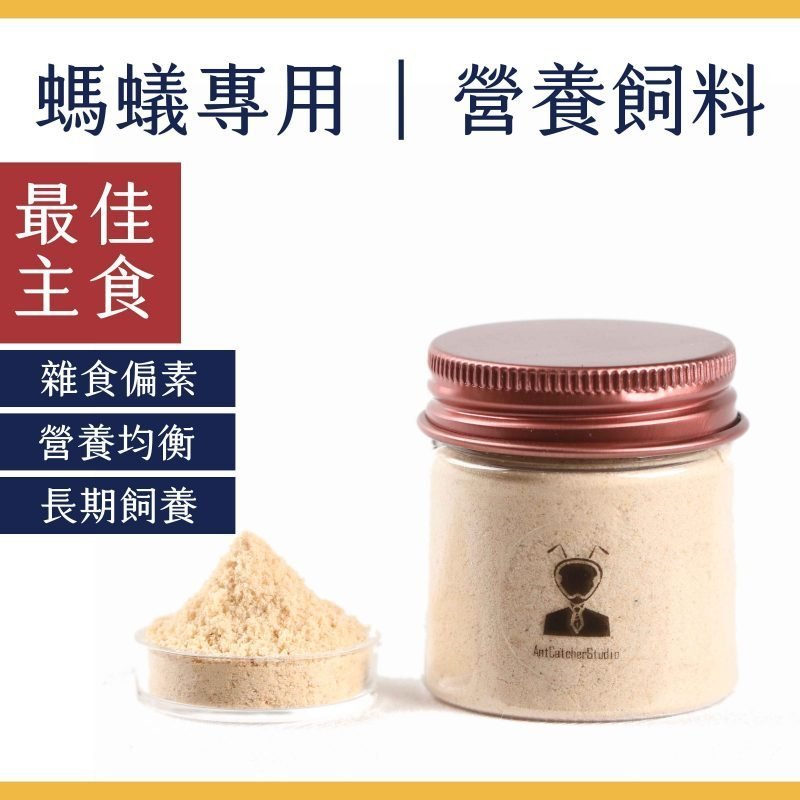
防逃劑:防止螞蟻爬出餵食區
螞蟻攀爬力極強,垂直壁面也不在話下,因此,防逃塗劑是不可或缺的用品,這是一種很細的粉末,細到螞蟻抓不住,從而防止螞蟻逃出。
在飼養螞蟻時,必須在餵食區頂部,塗上一層防逃劑,確保螞蟻在受控的環境內飼養。

水塔:生活必需品
螞蟻需要濕度,來維持身體的保濕,與代謝的正常進行,因此,在蟻巢或餵食區,設置一個水塔,供螞蟻取水,是非常重要的。
水塔的大小,可以根據螞蟻數量和飼養環境來決定,但要注意水的清潔和更換,並只能給螞蟻你敢喝的水,也就是提供人類飲用水。
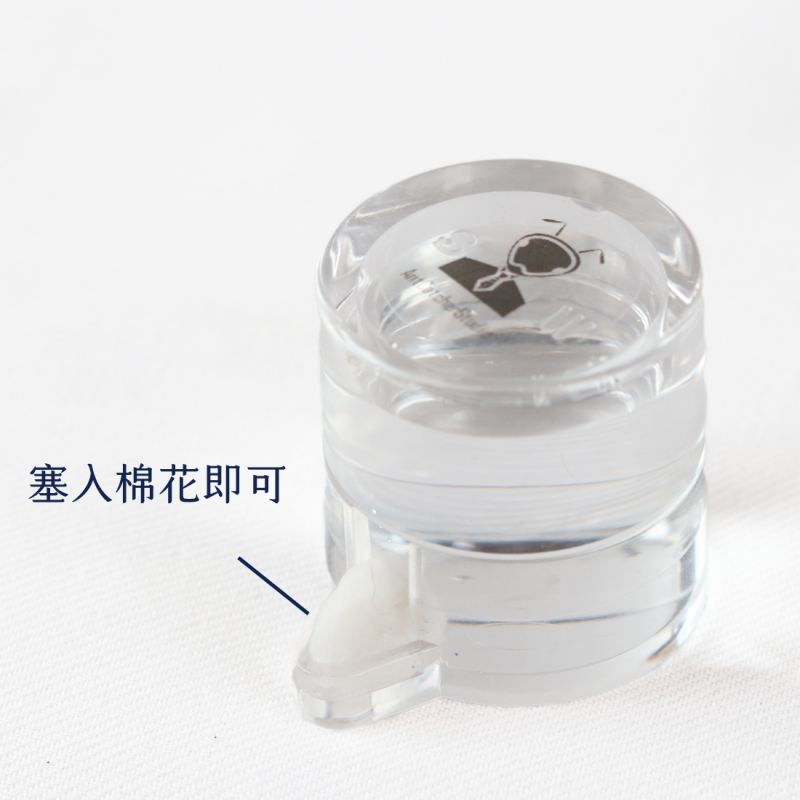
食盆:吃飯專用小碗盆
螞蟻的食量小,食盆不必過大,主流的飼料盆,會設計為容易夾取,以及防止螞蟻溺斃等形狀。
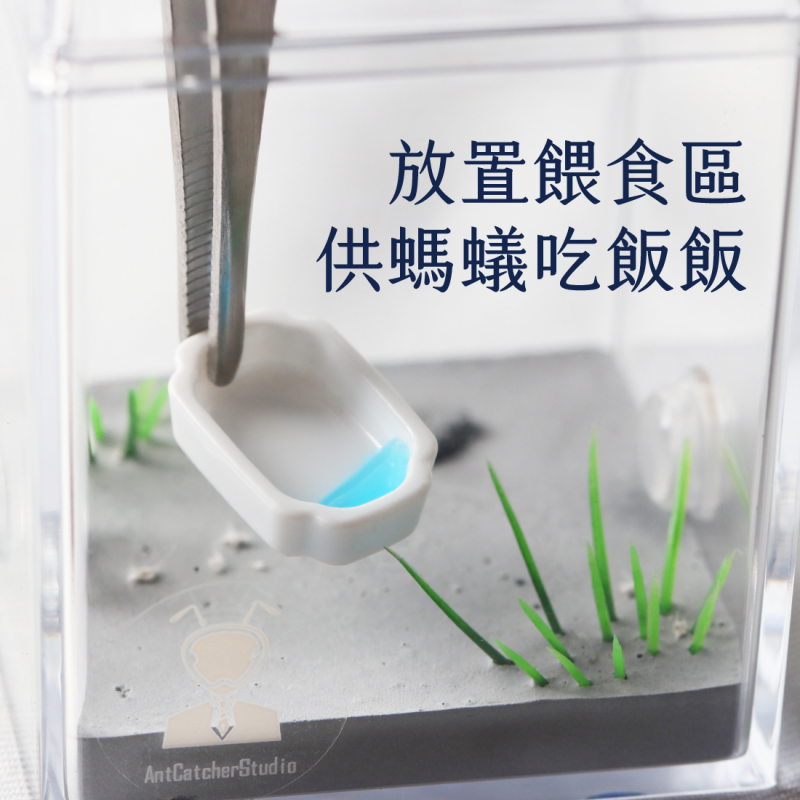
連接管:螞蟻的交通網
矽膠材質的透明連接管,像樂高積木一樣,讓你可以自由地為你的螞蟻搭建一個多功能的生活空間。
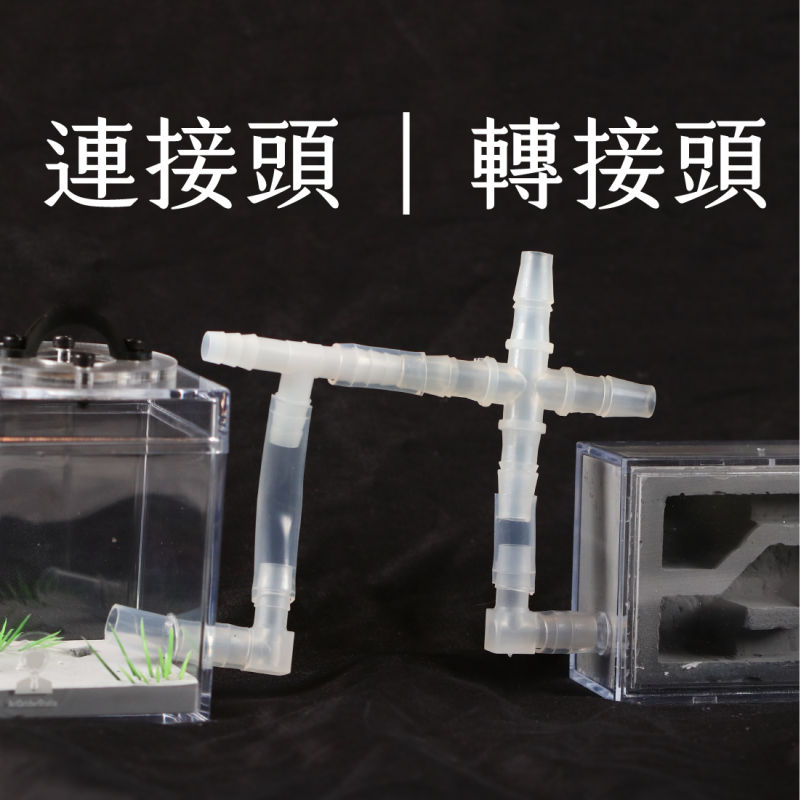
結論
養蟻很有趣,但也需要付出時間和精力(雖然不多)。
要想成為一名優秀的螞蟻飼主,必須備齊養蟻必備的用品,包括蟻巢、飼料、餵食區等。
建議充分了解你所飼養的螞蟻,牠的習性、個性、食性,並為此挑選適合的蟻巢和飼料,強烈建議你閱讀台灣螞蟻圖鑑,裡面的圖文,是我花費上千小時觀察、蒐集、製作的,希望對你有幫助。
相信通過本文的介紹,你已經對養蟻有了更深入的了解和掌握,祝你在養蟻的路上越來越順利!
